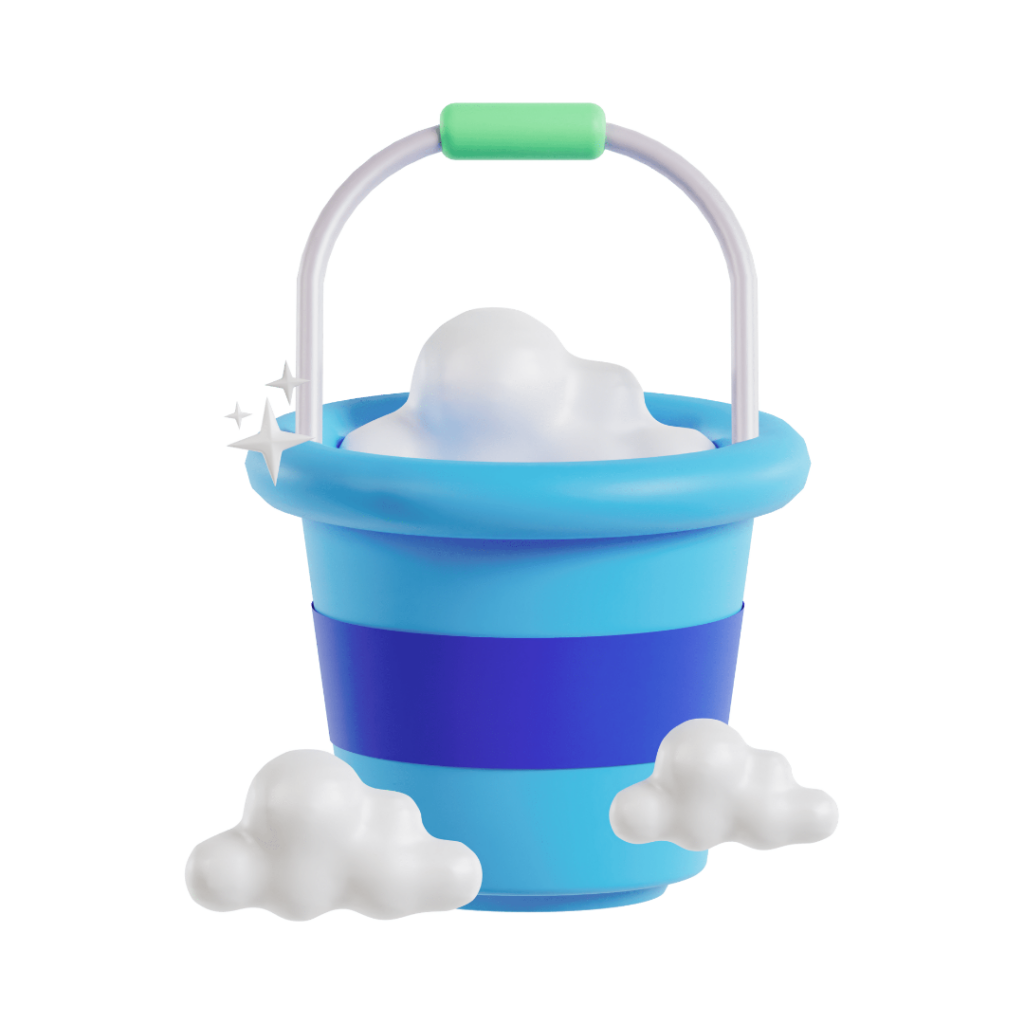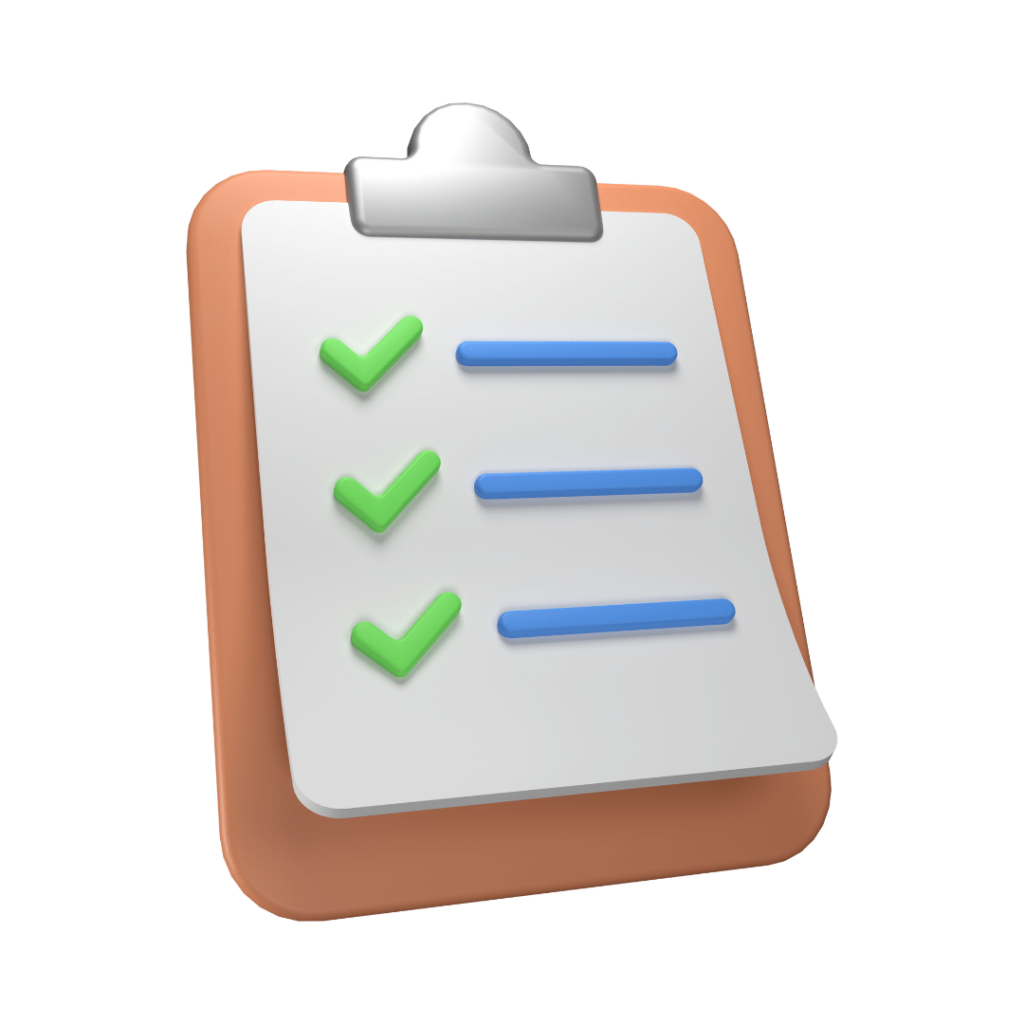If you’re engaged in both physical and online commerce, a robust ERP system is essential for managing your finances. Additionally, you naturally need a solid e-commerce solution tailored to your needs. How can you have the best integration between ERP and online?
Beyond this, having an integration that tightly links these two systems is a significant advantage, reducing the need for manual tasks and tedious routines.
Maksimer has its own integration team working daily on these challenges, offering a tailored approach to simplify integrations between various ERP systems and online stores like WooCommerce, Shopify, Magento, and Litium.
Øyvind Flatekval, Head of Integration at Maksimer, has extensive experience with both ERP systems and various e-commerce platforms.
He emphasizes that having the right expertise is crucial for achieving the best integration solution.

– The most important thing is to plan well and seek help and expertise to get answers to all the questions you have, he says.
You should spend time on what you know and what makes you money
– Don’t waste unnecessary time on what you’re not familiar with. Instead, focus your time on what you excel at. That pays off in the long run.
He has compiled a list of 5 tips on how to proceed to ensure the best integration solution between your ERP system and online store.
1. Reliable Partners
The first step is to talk to the supplier or dealer of your ERP system and check their recommendations for integrating ERP with the e-commerce solution.
Do they have experience with this? Do they already have solutions tailored to your systems?
– Do your research, search online, and ask for experiences from others who have done the same, advises Øyvind Flatekval.


2. Product Registry Structure
Do you have the necessary structure in your product registry to showcase it online?
Traditional ERP systems can become cumbersome when maintaining a large product registry.
Good images and product information are essential for online success. Therefore, consider if you have a good enough system to make product information and structure as optimal as possible.
– A good provider of PIM (Product Information Management) solutions can be a good place to start. Even though ERP is the hub of the business, it might be a good idea to check if you need a PIM system,” says Øyvind.
Learn more about what a PIM system is and what it can do for you.
3. Procurement Expertise
Ensure that you have procurement expertise when integrating ERP with e-commerce.
– Using a new system that you are not familiar with and believe functions in a specific way can lead to a long and difficult process for both you and the e-commerce provider, says Øyvind.
He recommends acquiring expertise familiar with both your ERP solution and e-commerce platform.
– Learn the system or make sure you have the necessary competence to assist in the process.
Things to consider:
- Synchronization flow: Which data should flow between the systems?
- Payment solutions: Klarna, VISA, Vipps.
- Shipping options: Integrated shipping solutions that calculate shipping in the online store.
- Order flow: Automatic closure of open items upon payment and handling of credit notes.
- Discount matrices: Customer price agreements should also be available online.


4. Clean Up Basic Data
Clean up the customer registry, product registry, product groups, and prices. Ensure that the data is updated and that the unit designations are correct, such as defining products by piece, kilogram, meter, etc.
– The consequences of poor basic data can be duplicated customer accounts in the online store, products with incorrect prices, or the sale of products in the wrong packaging, explains Øyvind.
This can lead to errors in orders, requiring a lot of customer service time to rectify.
5. Test the Solution Thoroughly
Allocate time for testing the solution. Have clear expectations of what you anticipate and how this should work. Determine which data should flow through the systems and test thoroughly before implementing the integration.
– There can be a lot of cleanup if the integration is not tested thoroughly. Therefore, ensure that the solution is thoroughly tested and that the data ends up in the right place at the right time, says Øyvind Flatekval.

Lets help you find the perfect integration solution
Maksimer assists you in choosing the right solution by being a certified partner for WooCommerce and Litium Commerce Cloud, as well as a certified integration partner for several Nordic ERP systems.
Maksimer offers tailored and standardized integration solutions for:

Øyvind Flatekval
Head of our Integration Department
Shall we have a chat?
Contact us for a non-binding conversation on how we can help your business achieve the best integration between the ERP system and the online store.